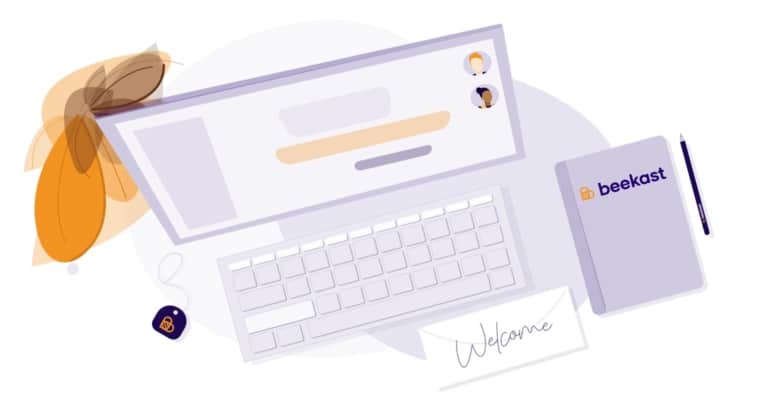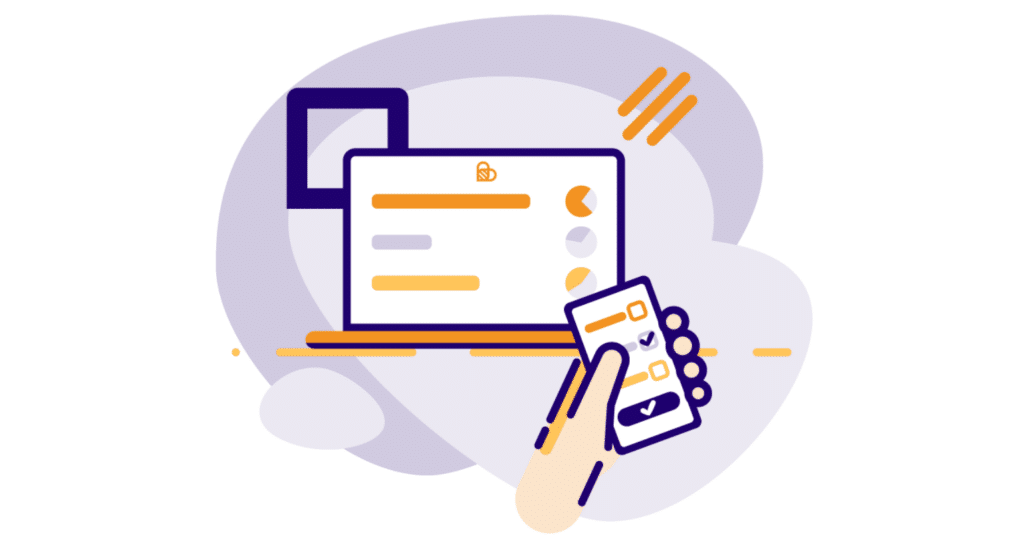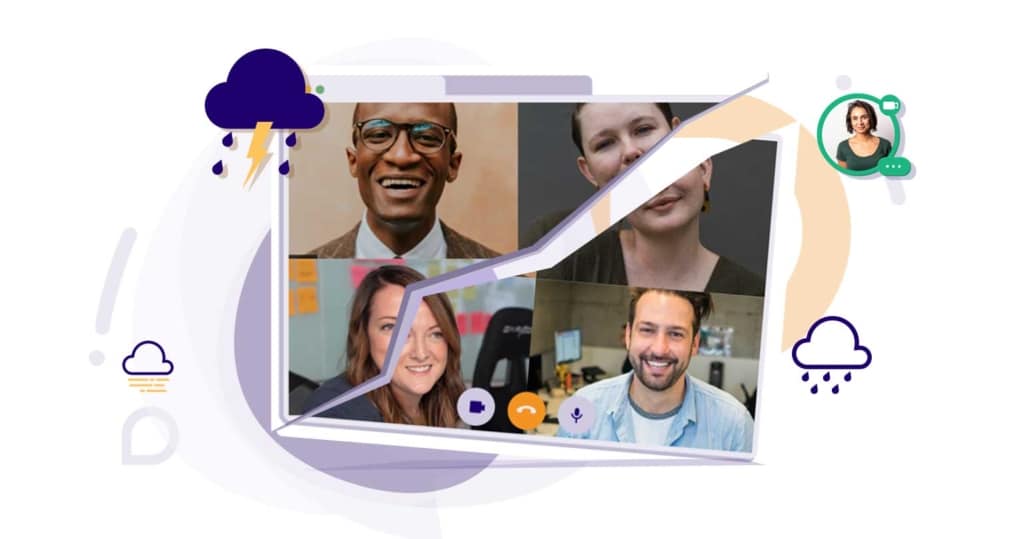Onboarding is a key step in bringing a new employee into your business. There’s a lot to do: communicating the company’s culture and the expectations for the position, and integrating the new employee into the team. This is a challenging process under normal circumstances, and it’s even trickier when done remotely. To get back to basics, here are 3 tips for a successful onboarding process for your talent.
Start onboarding before the employee’s first day
Just like in school, the first few days at a new job are a mixture of excitement and fear of the unknown. That’s why it’s recommended that you start the onboarding process even before the new employee arrives. A simple email from their manager is enough to help put them at ease. In this message, sent a few days before they start work, you can:
- Welcome the new employee and express how pleased you are that they’re joining the team;
- Ensure that they have everything they need (computer, keyboard, monitor, software, etc.);
- Present the schedule for their first day (a welcome breakfast via videoconference, team meetings planned for the day, etc.);
- And possibly provide contact information for a “sponsor” — a colleague who has volunteered to support them, guide them and answer their questions.
In a single email, you lay the groundwork for a smooth arrival and score points with your new recruit. It’s an easy and effective first step.
Offer an onboarding process that encourages autonomy
Let’s look at things from a new employee’s perspective: it’s your first day at work, you’ve had one videoconference meeting after another, and you’re reading, listening and taking notes. It’s now 4 o’clock, your brain is slowing down, and despite your new team-mates’ best efforts, you’re worn out.
To avoid this scenario, why not offer an onboarding process that alternates discussion periods (independent training sessions, meetings, etc.) and tasks that the new employee can do autonomously? Learning about the company’s services, its history, its teams, the industry… There are lots of things that a new team member can study on their own. The goal is to avoid slow periods during your recruit’s day, and to help them to become autonomous by letting them complete certain tasks whenever they choose, or when they have time for them.
You can also prepare interactive training sessions to give new arrivals other ways to absorb your company’s culture than just an endless stream of PDF documents!
Create interactive moments to make remote integration run more smoothly
Besides learning about the job and the company, a successful onboarding process also requires integrating the newcomer into the team. So even (or especially) in a telework setting, it’s important to include relaxed, friendly moments to create bonds between colleagues.
For example, you might choose to organize an interactive event so that your new recruit can introduce themselves and meet their team. Here again, you’re strongly encouraged to innovate: games, quizzes and other fun types of presentations are a great alternative to the traditional (and sometimes long!) “let’s go around the table” approach.
Going forward, be sure to keep providing time for discussion, whether formal or informal, so that you can monitor the new employee’s integration and be sure that they’re settling in well. These meetings will allow you to pick up on subtler signals, adjust how you follow up with the new employee, and even improve the onboarding process as a whole.
_________________
The onboarding process will always be specific to the business for which it is designed. It will depend on the industry, the size of the business, and above all, on its culture. Ultimately, then, it will be up to you to adapt these tips to your specific context, and to choose a set of tools that will allow you to create a remote onboarding process that’s right for your business.
Learn more about our onboarding models to facilitate your remote integration process!



